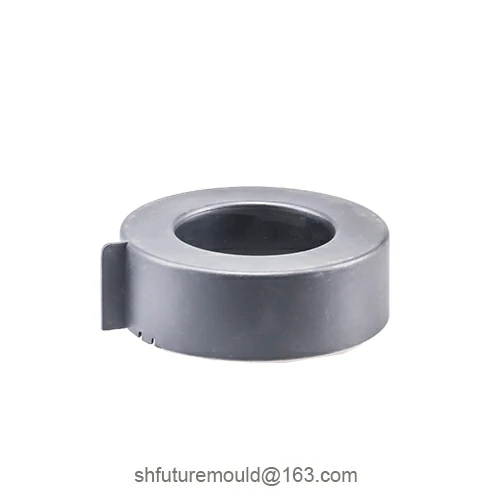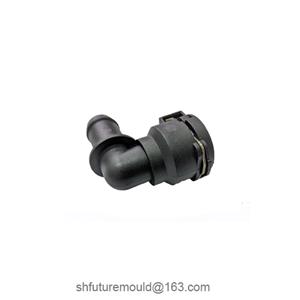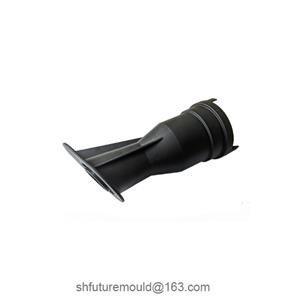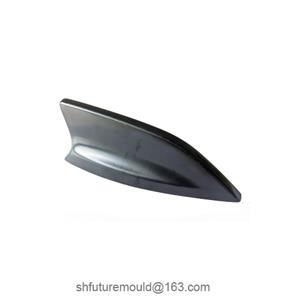Building Top-Tier Automotive Molds
The automotive industry relies heavily on injection molding for various components, from intricate dashboards to under-the-hood parts. A well-designed and manufactured mold is key to producing high-quality, durable automotive parts efficiently. This guide explores the crucial steps involved in creating a good injection mold specifically for automotive components.
Understanding Automotive Needs:
Material Selection: Automotive parts require materials that can withstand extreme temperatures, vibrations, and potential exposure to chemicals. Common choices include high-strength nylons, ABS plastics, and heat-resistant resins.
Part Complexity: Automotive components can range from simple bezels to complex housings with tight tolerances. Analyze the part geometry to determine mold complexity and potential challenges.
Performance Requirements: Consider factors like weight reduction, noise dampening, and surface finishes. This will influence material selection, mold design features, and potential post-processing needs.
Optimizing Mold Design:
Durability and Heat Resistance: Molds for automotive parts need to withstand high temperatures and pressures during the injection process. Choose mold steel with appropriate heat resistance and consider conformal cooling channels for efficient temperature control.
Strength and Stability: Automotive parts often experience significant forces during operation. The mold design should ensure rigidity to prevent warping and maintain dimensional accuracy.
Surface Finish: The desired surface finish of the final part (smooth, textured, etc.) needs to be factored into the mold design and surface treatment techniques used.
Part Ejection and Automation: Design features like proper draft angles and strategically placed ejector pins ensure smooth part removal and facilitate integration with automated production lines.
Advanced Considerations:
Hot Runner Systems: For high-volume production, hot runner systems can significantly improve efficiency by eliminating runner waste and reducing cycle times. However, they require a higher initial investment and expertise for implementation.
Surface Texturing: Techniques like in-mold texturing can be incorporated into the mold design to create specific surface finishes on the molded part, eliminating the need for secondary processes.
Finite Element Analysis (FEA): FEA simulations can be valuable tools to analyze stress distribution within the mold and optimize its design for strength and longevity.
Collaboration and Quality Control:
Communication with Part Designers: Close collaboration between mold designers and automotive part designers ensures the mold accurately reflects the desired component functionality and specifications.
Material Testing and Certification: Materials used in the mold and the final parts should undergo rigorous testing to ensure they meet automotive industry standards and performance requirements.
Quality Control Measures: Implementing a robust quality control system throughout the mold manufacturing process helps identify and address potential issues early on, avoiding costly delays and rework.




